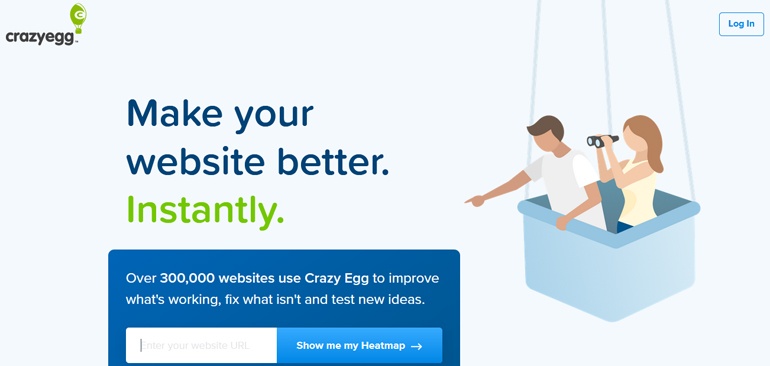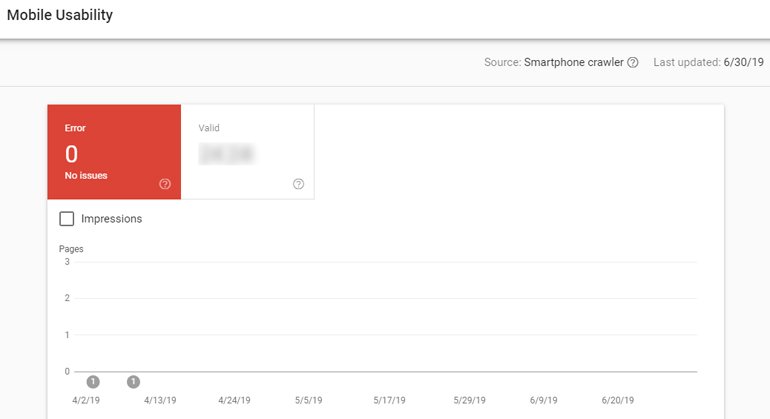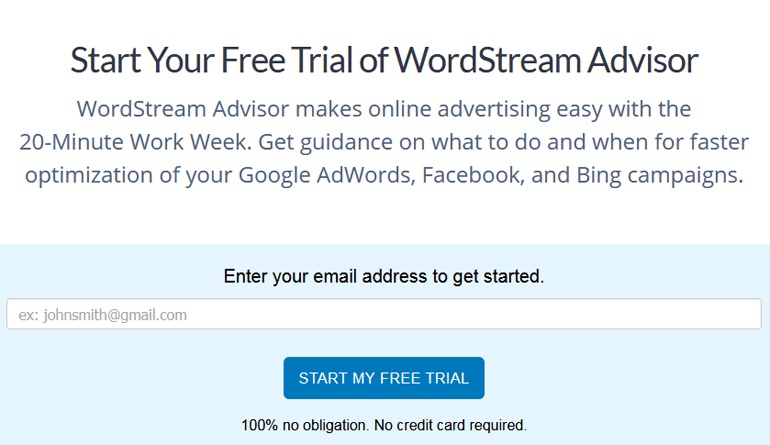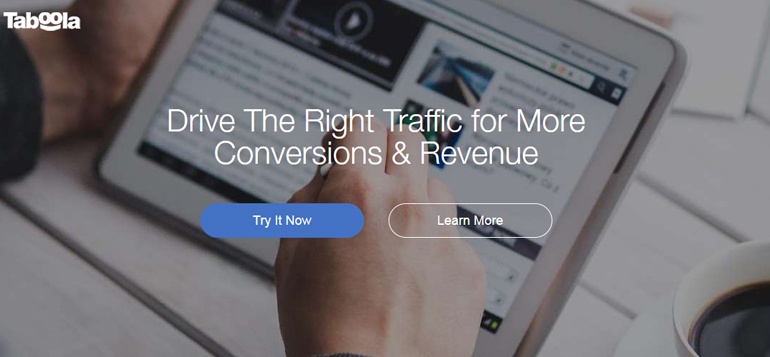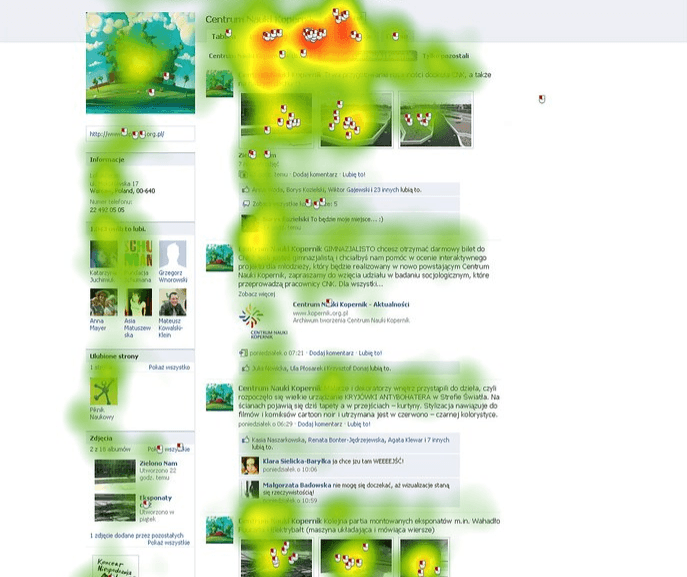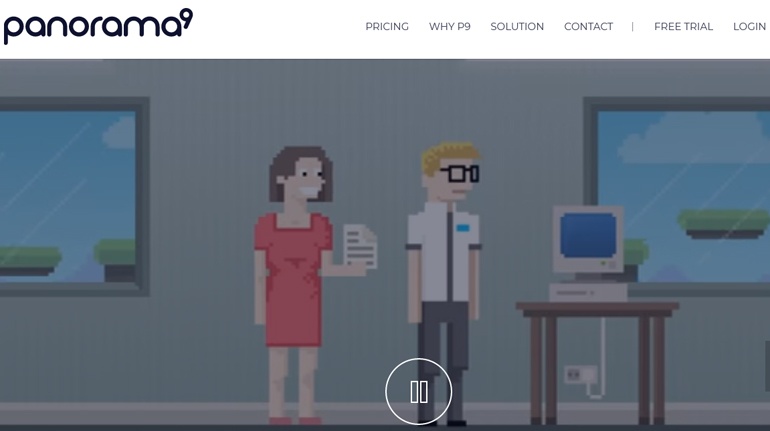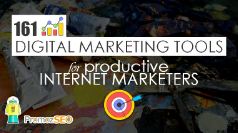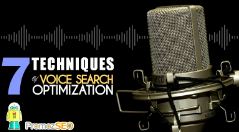9 Landing Page Optimization Best Practices
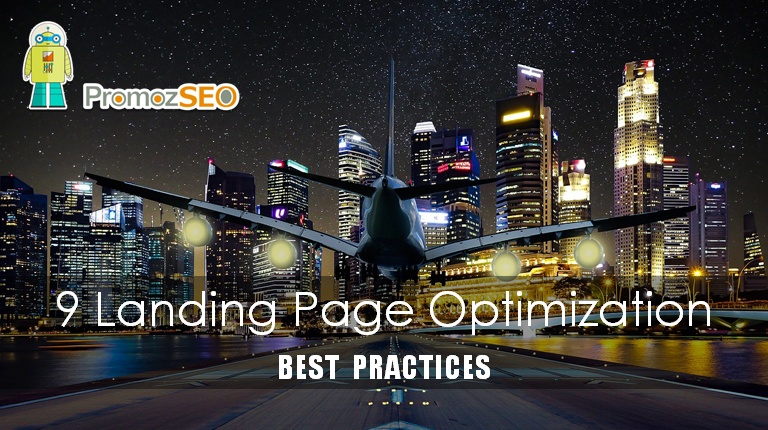
You spend a lot of money on marketing and advertising your products and services. But not getting adequate leads for your business.
You can use a landing page to generate trackable leads or to make a sale using a Call-to-Action (CTA). Whether you use the old-school ‘sales funnel’ method or the ‘inbound flywheel’ method – website landing page optimization is indispensable.
What is a Landing Page?
A landing page is a web page where your paid visitors ‘land’ when they click on an advertisement. Unlike a homepage, a landing page serves a specific function and showcases a particular product or service.
One of the primary aspects of any landing page lies in its design. You need to create a responsive landing page that is attractive. At the same time, you need to provide a seamless experience before and after users land on the page.
The basic point behind website landing page optimization is to focus on your online marketing efforts. By providing a solid landing page to your users, you can offer unparalleled UX and skyrocket your Conversion Ratio (CR).
CR is one of the most defining aspects of paid marketing. A few forms of conversions are more critical than the others, as those are used by Google to measure the quality of a landing page in terms of its contents, design, and usability.
A good landing page will improve your business’s bottom line greatly. Wondering how to create a landing page that converts?
Here are some landing page optimization best practices to follow in 2019 and onward:
- Optimize user-navigation of the landing page
- Optimize the page-load speed
- Correct all mobile usability errors
- Optimize CTA color, size, and placements
- Use exciting videos
- Make wise use of images on the landing page
- Optimize the landing page content
- Use customer reviews and testimonials
- Don’t underestimate landing page security
So without any further ado, let’s start.
User Navigation
User navigation design tells your users what to do next. What should they click on? Where are they headed? What else might they be interested in? User navigation design answers all these questions.
When a user-friendly site navigation menu is important for all webpages and their SEO, keeping those on a landing page may dilute the chances of conversion. Instead, keeping your landing page visitors focused on one thing help in conquering a higher conversion ratio.
Landing Page Load Speed Optimization
Webpage load speed has been a vital internet marketing metric, but with Google’s mobile-first index policy, it has become even more crucial. A single second of delay in loading your landing page results in a 7% reduction in conversions! (Source: https://neilpatel.com/blog/loading-time/)
Website landing page optimization involves optimizing your average page load speed. Although page speed is only one of Google’s 200+ ranking factors, it is an important one. By optimizing web page load speed, you can seriously cut down the bounce rate and increase the customer dwell time.
When using a good and reliable web server is the most important thing for website speed optimization, you may do a few other things to design a fast loading landing page. To reduce the landing page load time, make sure to compress your web files & resources using GZip, use browser caching, reduce the number of HTTP calls, optimize image dimensions & sizes, minify the CSS & JavaScript files, defer render blocking JavaScripts, etc. Additionally, if required you can use a good CDN (Content Delivery Network) to further improve the landing page load-time.
Mobile Usability
Do you know that in the near future sites’ mobile visitors are going to be a few times more than sites’ desktop/laptop users? Yes, and for a few types of businesses, it is already happening and increasing day-by-day.
When responsive websites are must today, additionally, you should test and confirm a couple of mobile design elements before making a landing page up and live on the internet.
Check whether each and every link, button and other clickable elements of the landing page are sufficiently spaced for easy tapping on different smartphones and screen sizes.
Content visibility is very important for effortless mobile usability. Use adequate font size to make everything clearly readable on a mobile screen. Not doing this or keeping the default font size in all devices may create major usability glitches for mobile users.
Besides, flash and frames are strictly no for seamless mobile usability.
Ensuring these not only make smooth mobile usability but also improve the user experience. Additionally, clutter-free mobile usability increases the landing page quality score and benefits its paid ranking.
Google Search Console’s ‘Mobile Usability’ section lists all major usability issues faced by your mobile visitors.
CTA Color, Size, and Placements
One of the most important parts of any landing page is its Call to Action. The CTA could be for lead generations or for a direct sale. It makes no difference.
Use a CTA button instead of a normal CTA link. A well designed and rightly placed CTA button is 28% more powerful than a CTA link. Most CTAs are buttons – Submission Forms, Lead Magnets, Read More Buttons, and Social Share Buttons are just a few examples. Even a free landing page creator will include these elements.
Make your landing page CTA visible enough by using colors that stand out from the rest of your web contents and design elements. Additionally, CTA buttons should be big enough that catch the eye of your site visitors effortlessly. In addition, make those mobile responsive as well.
Be careful when choosing the CTA text. Don’t use a generic term like, read more, or subscribe, or download. Instead, use a personalized and strong action verb which guides the user to the next level.
Make the CTA easy to find by placing it above the fold of the landing page and directly under your core content so that your users can contextualize what to do next. Besides, repeat the call to action button as and when it is meaningfully required and suitable to increase the conversion rate.
While designing a lead generation inquiry form, simple and minimum design will win more conversions than a long inquiry form. Ask for the information which you actually need from your landing page visitors.
When you need a long-list of user-information, break your lead generation form in several succeeding pages, while keeping it minimum on the landing page. Besides, keeping a statement like “We respect your privacy” or “We won’t sell your details” builds more confidence.
Lastly, test your landing page CTA buttons continuously. There is no final design which will always deliver the best conversion results. You may want to use a website heatmap tool to understand how your landing page visitors are interacting with its CTAs. This will get you a clear idea about which CTA copy, design, and position is working the best for you.
Landing Page Videos
Landing pages should have explainer videos that explain its product or service uniquely to the users. In some other cases, tutorial videos can also be used on a landing page to educate its audience about its uses, thus engaging them with the content.
Since most users prefer visual contents to text contents, landing page videos act as a lead magnet of their own.
They also improve user stay time by a huge margin and reduce drop-down rates. Both of these metrics play a crucial role in quality score and ad rankings.
If you have not already, then it is time to start leveraging the power of videos to improve landing page conversion rate and a few other PPC metrics.
Landing Page Images
Images can effectively convey a lot of information to your users and leave a long-lasting impression in their mind. 90% of the information absorbed by the brain is visual.
But like everything else, your images need to be optimized to perfection. Optimized images make your landing page easy to load. They also rank well for image searches and with a little bit of image SEO, you can boost your traffic dramatically.
One of the best practices is to use custom in-house designed images. Dull stock photos can be a serious turn-off to most users.
Sometimes, using contextually relevant animated GIFs can be a good idea as these can improve the landing pages’ dwell time significantly. When used thoughtfully, these augment the user-experience which in return boosts the quality score, ad ranking, and conversion rate.
Landing Page Content
Including video and image content on your landing page does not mean that you can ignore the text matter.
Landing page best practices show that content also plays a serious role in ad rankings and it is the foundation of building a high quality score.
Starting from the text font selection, to the content formatting everything is important for a landing page. Use big and bold fonts in content and paragraph headlines to add aesthetic beauty to the landing page. Break contents in short paragraphs to create a pleasant user experience.
Proofread your content and make sure that there are no grammar, spelling and punctuation errors. These not only disappoint search engines but also leave negative impressions to its readers.
Set up your landing page design so that the text is easy to read and guides the users towards the Call to Action. After all, your end goal is to close the deal.
Never over optimize your landing page content by stuffing keywords. Keep in mind that you are neither developing the content for yourself nor for the search engines and even not for a few of your selected clients – you are designing for the users.
But at the same time, you need to remember an optimum landing page optimization is important in achieving a higher relevancy and quality score, and lower CPC for the selected keywords.
Always remember that if the landing page content can create an emotional attachment with its users that will convert more visitors to paid customers.
Social Proof and Customer Reviews
Social proofs are equivalent of the ‘I want what they have’ for landing pages. For a first time buyer, social proofs are as convincing as a personal reference or recommendation.
Your visitors are much more likely to convert if your landing page optimization process involves one of the following:
- Industry expert testimonials of your brand
- Celebrity social posts related to your products and services
- Positive influencers’ insights
- Client or customer videos
- Company awards and accreditations
- Having social proofs of two types is one of the landing page optimization best practices.
The customer review is the ultimate tool to inspire and convince your new customers to purchase your products or services. Great customer reviews on a landing page, will immensely boost its stay time and improve the conversion rate.
SSL (Secure Sockets Layer) Certificate
Understanding human psychology is important for attaining a higher conversion rate. When it comes to conversion rate optimization (CRO), trust is very important. If the landing page and the website itself don’t look credible, visitors will be skeptical of purchasing its products and services.
SSL or TLS/SSL or SSL/TLS are the technologies that make the website safe and secured by encrypting data while it is traveling between the users’ browser and the web server. This not only increases the site’s trustworthiness but also enhances its user experience.
Most of the modern browsers show a ‘green lock’ for an HTTPS-enabled website which builds the faith of your landing page visitors in your website and brand. Therefore, they feel more secure during a money transaction or inquiry form submission. This automatically boosts the landing page’s conversion rate.
Although it’s not a design job, you can purchase an SSL certificate from a reputed web hosting company to host your website on HTTPS. It requires a small yearly investment which will pay you a lot in terms of sales conversions. Besides, there are companies like LetsEncrypt which offers free SSL (may not be as good as a paid one).
Additionally, Google is also counting website’s security as a ranking factor and has already included SSL (HTTPS) as a strong signal for organic search engine ranking.
Remember to permanently redirect site’s domain, page, and other resource URLs to their relevant HTTPS versions after the HTTPS installation is complete. Or else, your landing page visitors may not see the ‘green lock’ trust mark on their browsers.
To make things more transparent, mention your full contact number and office address at a visible place of the landing page. Besides, you should strictly follow the GDPR (General Data Protection Regulation) rules and help your customers build trust and confidence on you.
Final Thoughts
All these landing page optimization ideas enhance the user experience and improve the conversion ratio. Each idea has more than just the design angle to it. Setting up an optimized and clutter-less landing page design that includes all these features is the key to success.
Additionally, continue A/B testing the landing page, its design, copy, and CTAs for improvements in terms of traffic and conversions. So, don’t be afraid of tweaking the landing page design and keep on optimizing it.
An advanced All-in-One Digital Marketing Course.
Mentored by Mr. Soumya Roy, the Founder, CEO of PromozSEO Web Marketing Academy.
- Reasons Your Business Needs to be on Instagram - September 16, 2021
- 7 Reasons Your Business Should Invest in Professional Content Creation - August 12, 2021
- 5 Ways You Can Improve Your Website’s Existing Backlinks - April 30, 2021
